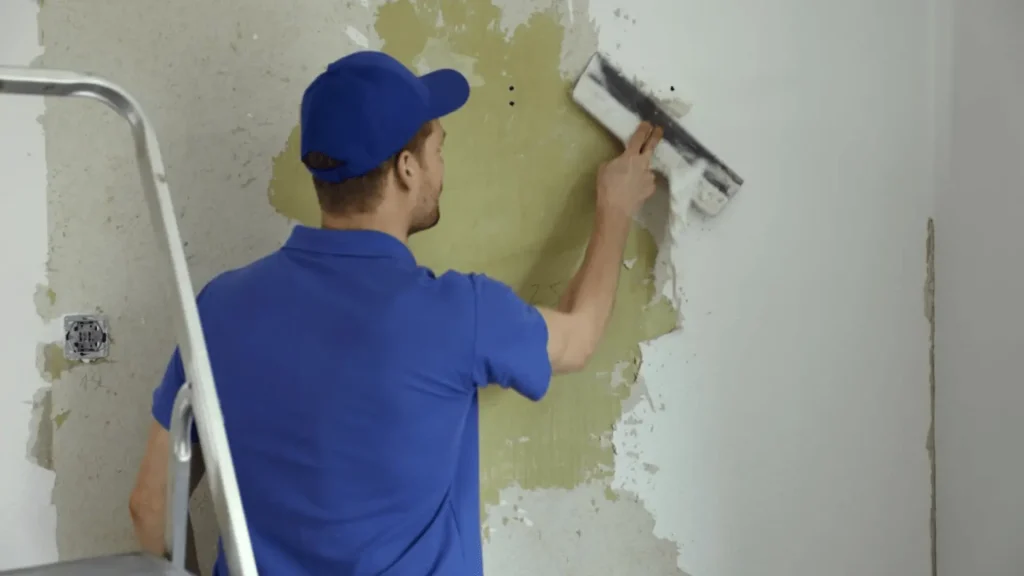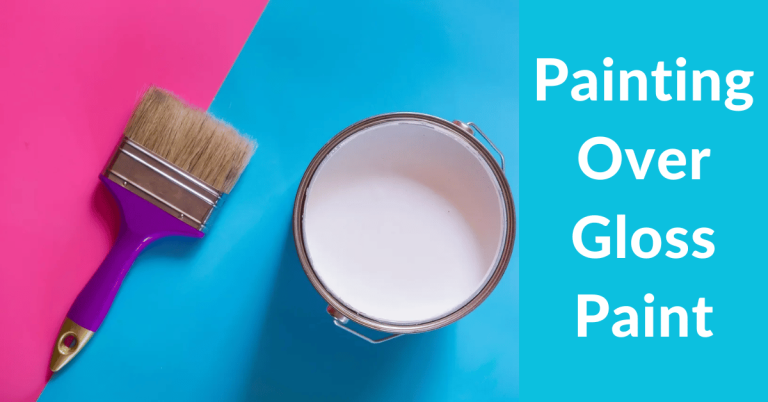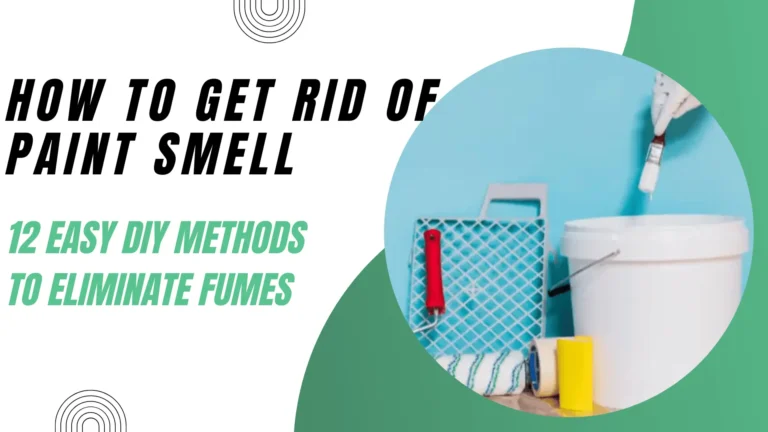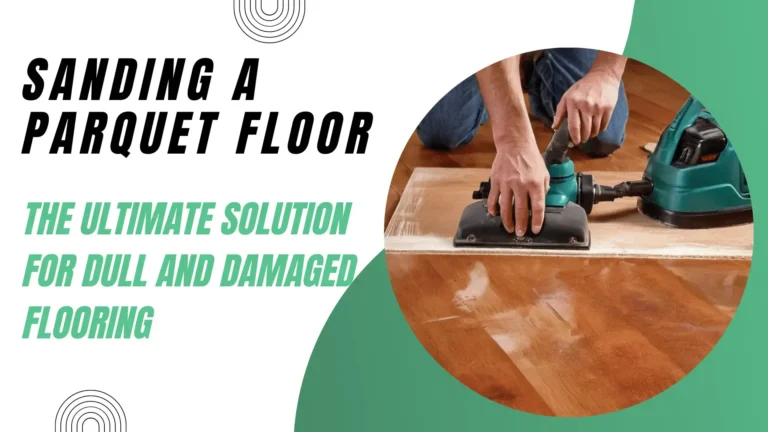Ultimate Guide on How to Remove Wallpaper Without Damaging Your Walls

DIY DOJO is reader-supported. We may earn an affiliate commission when you buy through links on our site. Find out more.
Removing wallpaper can be a daunting task, especially if you’ve never done it before. The mere thought of peeling off layers of old wallpaper from your walls might make you feel anxious, frustrated, or overwhelmed.
But don’t worry, you’re not alone! Many homeowners have gone through the same experience, and with the right tools and techniques, you can remove your wallpaper without damaging your walls.
Whether you want to change your room’s décor or simply refresh your walls, learning how to remove wallpaper is an essential skill that can save you money and give you a sense of satisfaction once you’ve completed the task. So, let’s dive in and learn how to strip those layers of old wallpaper and reveal a fresh new surface beneath.
Get the right equipment ready: tools and materials needed
Before you strip wallpaper, it’s crucial to gather all the necessary tools and materials. Having the right equipment not only makes the process easier but also helps you avoid damaging your walls. Here are some of the tools and materials you’ll need:
- Wallpaper Stripper or Steamer
- Scraper
- Scoring Tool
- Spray Bottle
- Plastic Drop Cloths
- Bucket
- Protective Gear
By having these tools and materials ready, you’ll be able to strip the wallpaper without any interruptions. Don’t underestimate the power of having the right equipment – it can make all the difference in the success of your wallpaper removal project!
Preparing for removing wallpaper: protecting floors and furniture
Before you start removing wallpaper, it’s important to protect your floors and furniture from damage. Removing wallpaper can be a messy and time-consuming process, and you don’t want to ruin your belongings in the process. Here are some tips to protect your floors and furniture:
- Clear the Room: Remove all furniture, wall hangings, and decorations from the room. This will give you more space to work and prevent any items from getting damaged.
- Cover the Floors: Cover the floors with plastic drop cloths or old towels to protect them from water and debris. Make sure the edges of the drop cloths are taped down to prevent them from shifting during the wallpaper removal process.
- Remove Electrical Faceplates: Remove any electrical faceplates from the walls to avoid damaging them during the wallpaper removal process. This will also make it easier to scrape off the wallpaper around the outlets.
- Seal Off Doors and Windows: Close all doors and windows in the room to prevent dust and debris from spreading to other parts of your home.
By taking these steps, you’ll be able to protect your floors and furniture from damage during the wallpaper removal process. It may take some extra time and effort, but it’s well worth it to avoid costly repairs or replacements. Remember, the goal is to have a fresh new wall, not damaged floors or furniture!
How to remove wallpaper with a steamer: a step-by-step guide

Using a wallpaper steamer to remove wallpaper can be an effective and efficient way to get the job done. If you have never used a steamer before, don’t worry, it’s not as complicated as it might seem. Here is a step-by-step guide on how to remove wallpaper with a steamer:
- Fill the Steamer: First, fill the steamer with water according to the manufacturer’s instructions. Allow the steamer to heat up for a few minutes until it’s ready to use.
- Score the Wallpaper: Use a wallpaper scoring tool to create small holes in the wallpaper. This will allow the wallpaper steam to penetrate the wallpaper more easily, making it easier to remove.
- Steam the Wallpaper: Hold the steamer against the wallpaper for 10-15 seconds at a time, making sure to keep the steamer moving to avoid damaging the wall. As you steam, the wallpaper should begin to loosen and lift away from the wall.
- Scrape the Wallpaper: Use a putty knife or scraper to gently scrape away the loosened wallpaper. Be careful not to press too hard or you may damage the plaster walls.
- Repeat as Necessary: Continue steaming and scraping until all the wallpaper has been removed.
- Clean the Wall: Once all the wallpaper has been removed, use a damp sponge or cloth to wipe down the wall and remove any remaining wallpaper glue.
- Let the Wall Dry: Allow the wall to dry completely before applying any new wallpaper or paint.
Using a steamer to remove wallpaper can be a bit of a time-consuming process, but it’s well worth it for the results. Not only does it make the job easier, but it can also save you from damaging your walls with harsh chemicals or excessive scraping. So, grab a steamer and get ready to give your walls a fresh new look!
How to remove wallpaper without a steamer: alternative methods and tips
If you don’t have a steamer, don’t worry, there are still plenty of best ways to remove wallpaper without one. Here are some alternative methods and tips for removing wallpaper without a steamer:
- Use a Wallpaper Stripper: Wallpaper strippers are liquid solutions that you can apply to the wall paper to help loosen it from the wall. Simply mix the solution according to the manufacturer’s instructions and apply it to the wallpaper using a sponge or spray bottle. Wait for the solution to soak in and then use a scraper to remove the wallpaper.
- Use Hot Water: Another option is to use hot water to loosen the wallpaper. Simply fill a spray bottle with hot water and spray it onto the wallpaper. Allow the water to soak in for a few minutes and then use a scraper to remove the wallpaper.
- Use a Homemade Solution: You can also make your own wallpaper removal solution using a mixture of warm water and fabric softener or vinegar. Simply mix the solution in a spray bottle and apply it to the wallpaper. Allow it to soak in for a few minutes and then use a scraper to remove the wallpaper.
- Scrape the Wallpaper: If you don’t want to use any solutions, you can also try scraping the wallpaper off by hand using a putty knife or scraper. Be careful not to damage the wall as you scrape.
- Score the Wallpaper: No matter which method you choose, it’s always a good idea to score the wallpaper with a scoring tool before you begin. This will help the solution or water to penetrate the wallpaper more easily, making it easier to remove.
Removing wallpaper without a steamer can be a bit more challenging, but it’s still doable with the right tools and techniques. Whether you choose to use a wallpaper stripper, hot water, a homemade solution, or simply scrape the wallpaper by hand, be patient and take your time. With a little elbow grease and some perseverance, you’ll have those walls looking fresh and new in no time!
How do professionals remove wallpaper: techniques and tools they use
If you’re struggling with removing wallpaper on your own, you might be wondering how professionals get the job done. Well, the truth is that they use a variety of techniques and tools to make the process as efficient as possible. Some of the tools they use include scoring tools, putty knives, and chemical strippers.
As for techniques, they often start by removing the top layer of wallpaper, then using a scoring tool to create small perforations in the backing paper. From there, they apply a stripping solution and let it sit for a set amount of time before scraping away the paper with a putty knife. If you want to learn more about how the pros do it, keep reading!
How to remove wallpaper glue: solutions and techniques
Removing wallpaper glue can be a real pain, especially if you’ve already spent a lot of time and effort taking down the paper itself. But don’t worry, there are several solutions and techniques that you can use to make the process as smooth as possible.
One of the easiest methods is to mix equal parts white vinegar and warm water, then use a sponge to apply the solution to the glue. Let it sit for a few minutes, then use a putty knife to scrape away the glue. Another option is to use a commercial wallpaper removal solution or gel, which you can find at most home improvement stores.
Simply apply the solution to the glue and let it sit for the recommended amount of time before scraping it away. And if all else fails, you can try sanding the glue away or even using a heat gun to soften it up. Just be sure to take all necessary safety precautions and work in a well-ventilated area.
How to remove wallpaper from drywall: tips and precautions
Removing wallpaper from drywall can be a bit tricky, as you want to avoid damaging the wall underneath. One of the best tips for removing wallpaper from drywall is to start by scoring the wallpaper with a scoring tool or sandpaper. This will help the wallpaper removal solution penetrate the paper more easily.
Another important precaution is to avoid using too much water or solution, as this can cause the drywall to warp or become damaged. Instead, try to apply just enough solution to loosen the glue, then use a putty knife or scraper to gently remove the paper. If you do accidentally damage the drywall, you may need to patch or repair the area before applying new wallpaper or paint.
It’s always a good idea to do a small test area before attempting to remove wallpaper from the entire wall, as this will help you gauge how easily the paper will come off and what techniques will work best for your particular situation.
If you’re struggling to choose between matt or silk paint for your walls, check out our article on “Picking The Perfect Paint – Matt Or Silk Paint?” for expert advice and tips on making the right decision.
Conclusion and final tips for successful wallpaper removal
Congratulations, you did it! Removing wallpaper can be a tedious task, but with the right tools and techniques, you can successfully transform your space. Remember to prepare your equipment, protect your floors and furniture, and choose the right method for your wallpaper type.
Whether you use a steamer or opt for an alternative method, be patient and take your time to avoid damaging your walls. If you’re feeling overwhelmed, don’t hesitate to call in a professional. With these tips and techniques, you’ll be able to tackle any wallpaper removal project with confidence.
Good luck!







One Comment